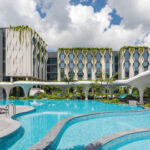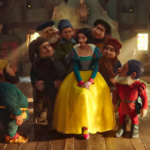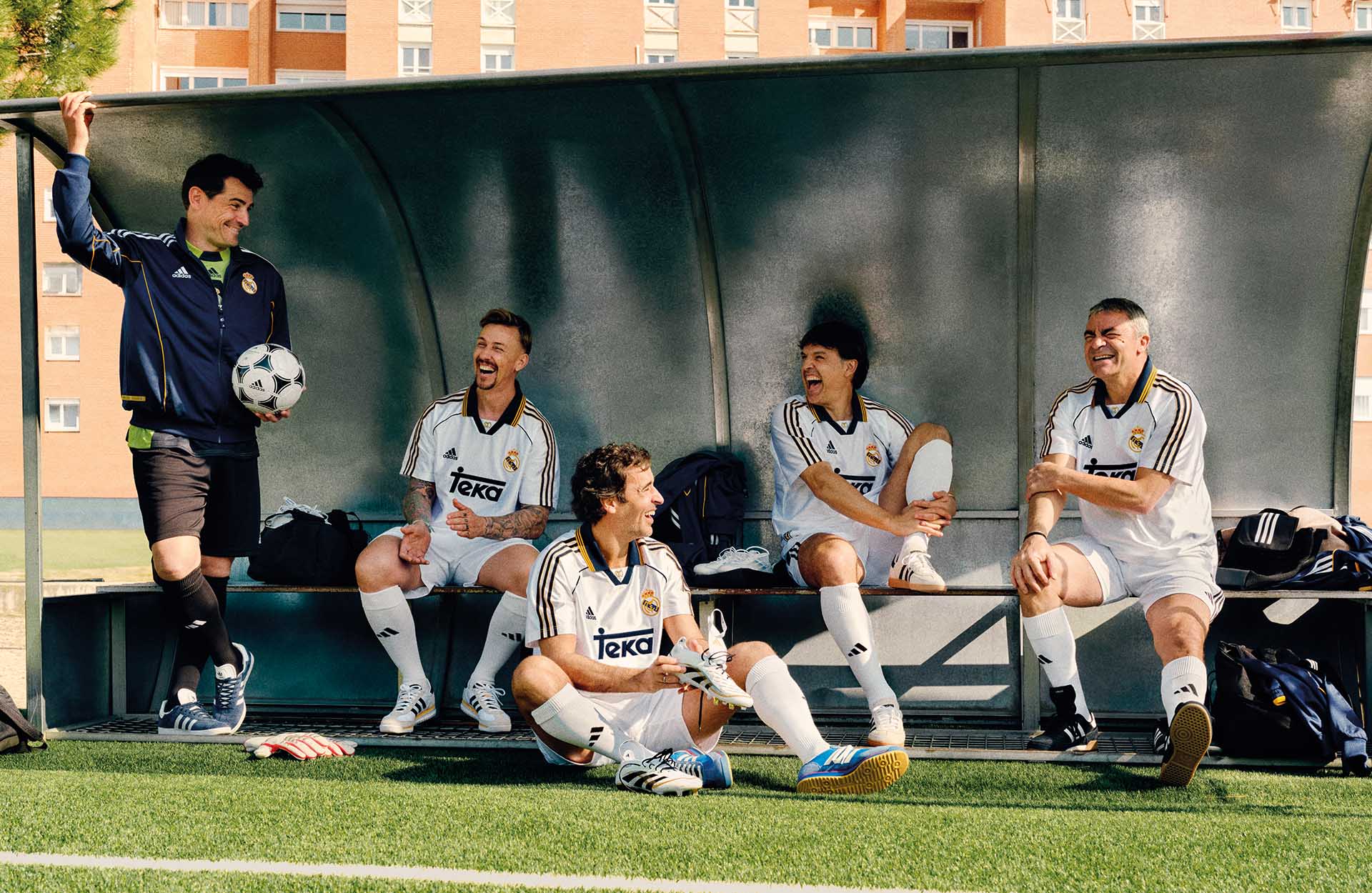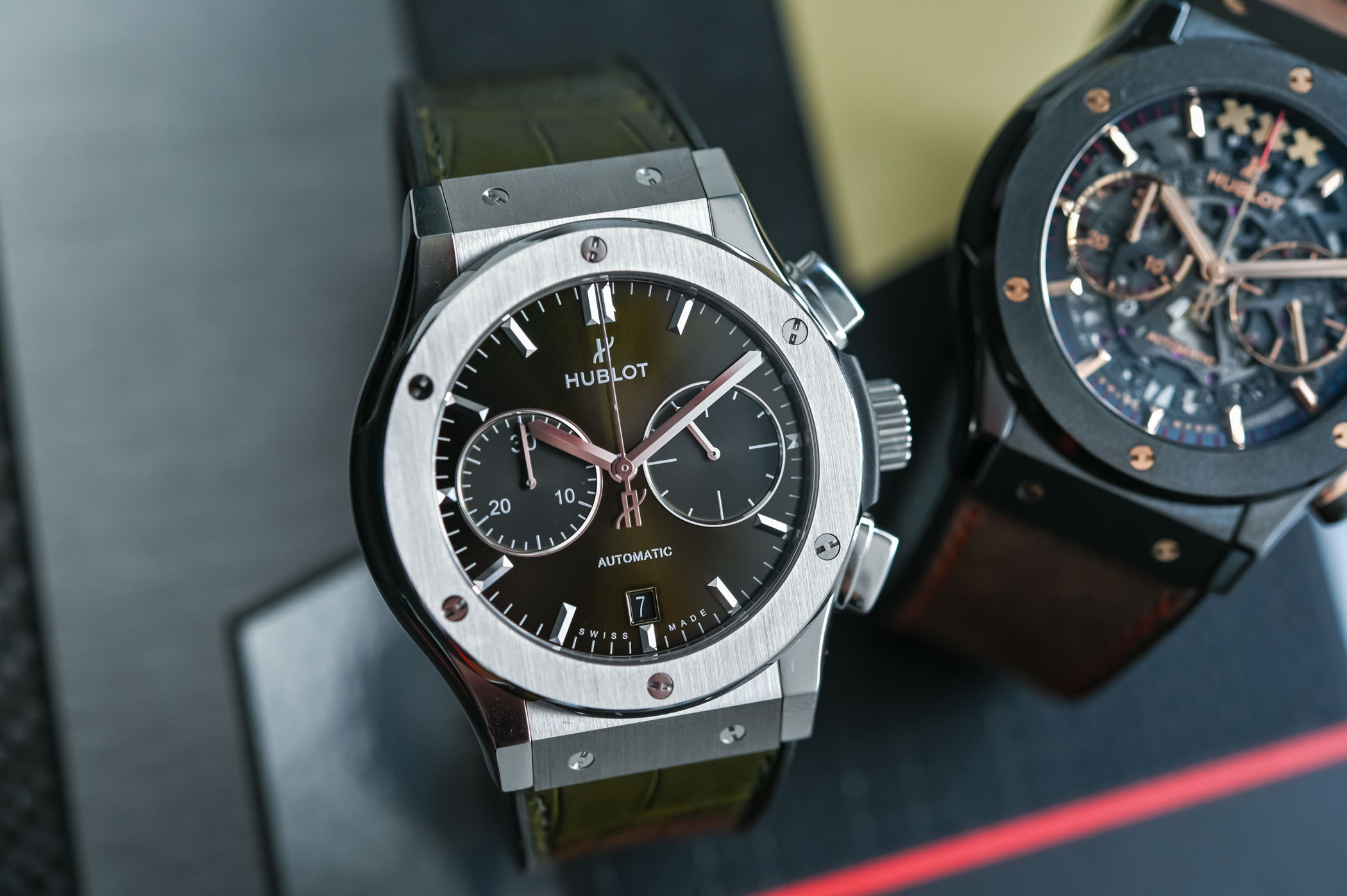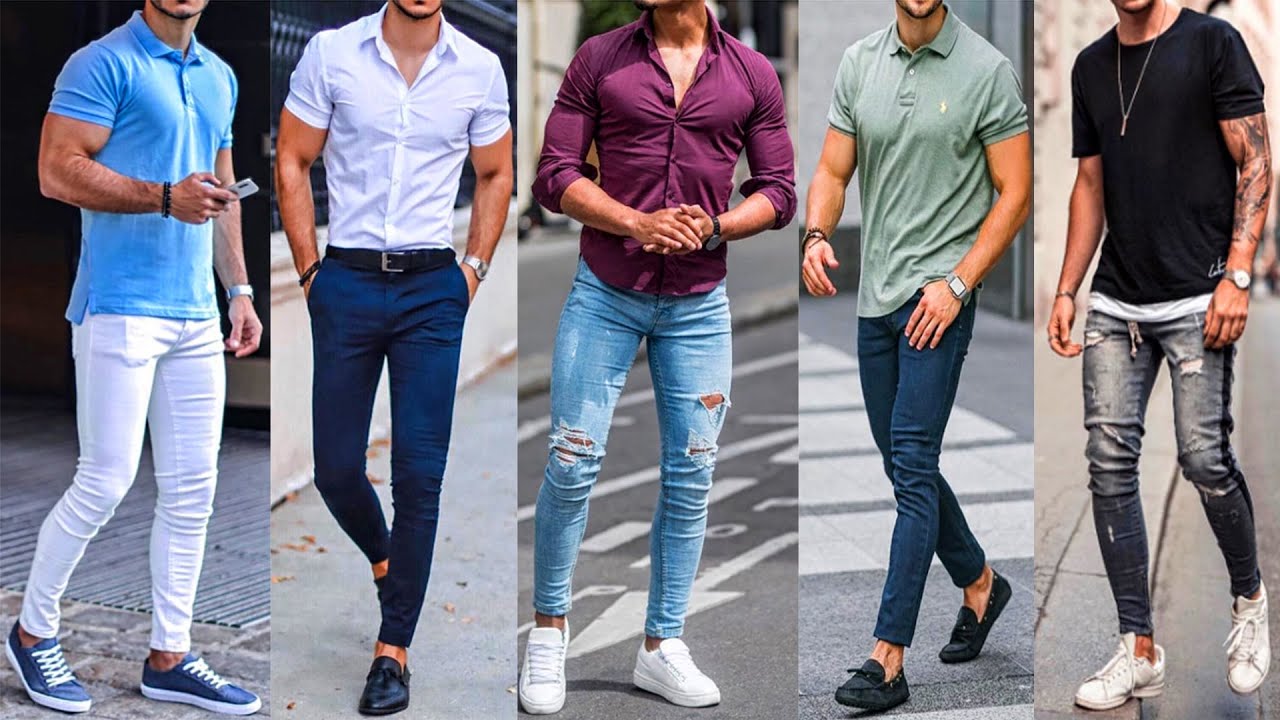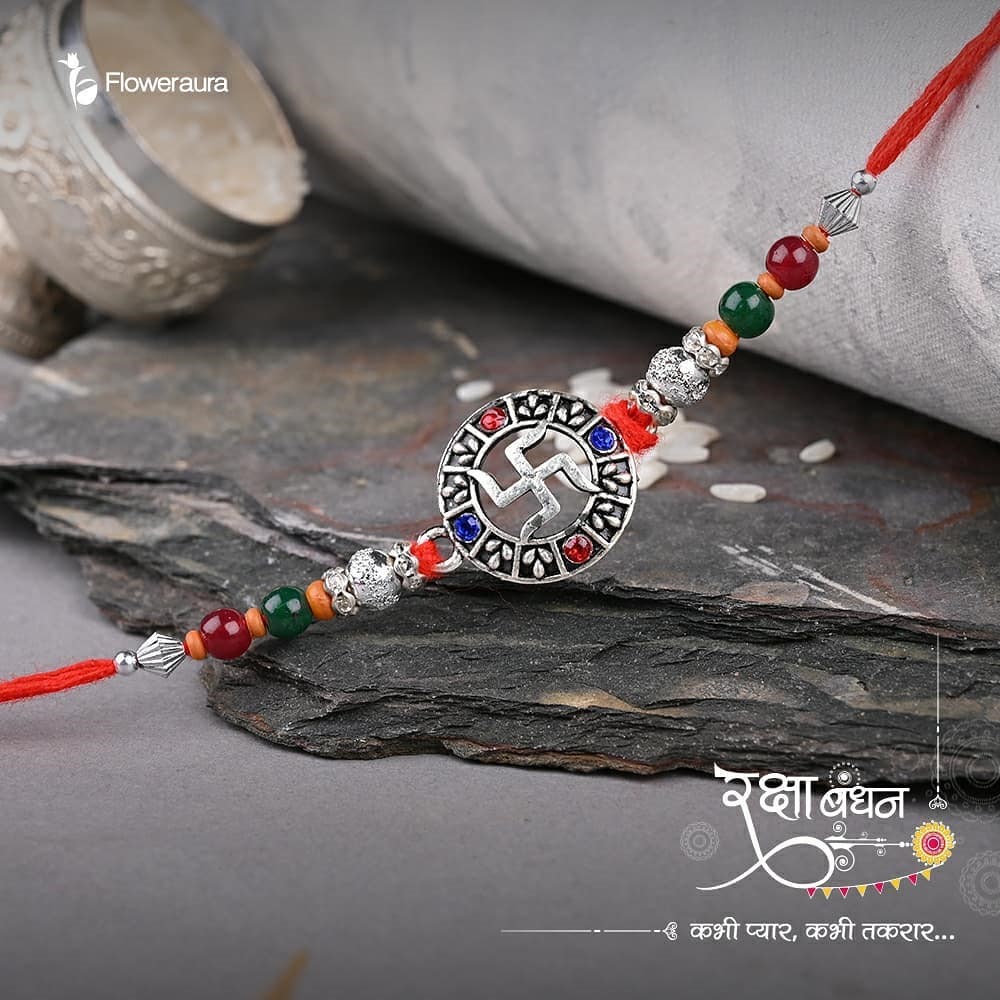A storied institution on and off the pitch, Real Madrid’s jersey has evolved dramatically over the decades. What began as a simple white shirt has grown into a canvas for technological innovation, design experimentation, and brand identity. For soccer fans and gear aficionados alike, understanding how the Real Madrid jersey has changed—from classic cuts and embroidery to modern fabrics and sublimated graphics—offers insight into both the club’s heritage and the future of performance apparel.
Early Origins: Simplicity and Tradition
In the club’s infancy during the early 1900s, the Real Madrid jersey was defined by its stark white cotton construction, long sleeves, and minimal adornment. There were no sponsor logos, no player names on the back, and the club crest was often stitched by hand. Functionality reigned supreme: the thick cotton provided durability but little breathability, and the loose fit allowed for unrestricted movement on the rudimentary pitches of the day. Yet this simplicity established an enduring visual identity. The pristine white became synonymous with Real Madrid’s ethos of purity, elegance, and sporting excellence, setting a standard that persists in every subsequent real madrid kit.
Mid-Century Advances: Embroidery and Early Branding
As the sport professionalized in the 1940s and 1950s, subtle refinements appeared. The club crest became more elaborate, with embroidered detailing replacing earlier, more rudimentary stitched versions. Collar styles shifted from high, buttoned necklines to open V-necks, reflecting broader fashion trends. Although still devoid of commercial sponsorship, these jerseys began to carry the weight of Real Madrid’s growing reputation; each garment was a symbol of prestige. Fans recognized that wearing the white shirt was a form of allegiance to a team that had won European trophies, and the jersey itself assumed cultural significance beyond the pitch.
The Advent of Synthetic Fabrics in the 1970s and 1980s
A major turning point arrived when manufacturers introduced synthetic blends. Nylon and polyester fibers allowed for lighter, more breathable real madrid jerseys that dried quickly and resisted tearing. Heat-applied crests and numbers replaced heavy embroidery, reducing weight and improving comfort. Shirt cuts became more tailored, hugging the torso to reduce drag and improve moisture wicking. During this period, Real Madrid jerseys also began to feature subtle striping or piping in club colors, marrying tradition with emerging sportswear aesthetics. For supporters, these innovations meant that replicating the look of match-worn kits became more accessible and affordable.
Commercialization and the Rise of Replica Culture
By the 1990s, the intersection of sport and commerce transformed the jersey into a global product. Replica real madrid jerseys proliferated in sports stores worldwide, complete with manufacturer logos and player names. Fabrics continued to evolve, incorporating mesh panels under the arms and along the sides to optimize ventilation. Simultaneously, third-party retailers and the club’s own outlets began offering “authentic” versions—identical to those worn by players—alongside “fan cut” variants with a more relaxed fit. This era cemented the jersey’s dual role as both performance gear for athletes and fashion statement for fans.
Technological Breakthroughs in the 2000s
The turn of the century saw the integration of micro-engineered textiles designed to regulate temperature and manage sweat at a molecular level. Fabrics branded under names like “Climacool” or “Dri-Fit” employed laser-cut ventilation zones and hydrophobic treatments to channel moisture away from the skin. Design details became more daring: tonal graphics inspired by the city of Madrid, embossed crests, and reflective trims for evening matches. Even within the constraints of the club’s traditional white, designers found room for creativity—introducing subtle gradients, embossing, and jacquard patterns that were invisible until viewed up close. The real madrid kit became a showcase for what modern sports science could achieve.
Recent Innovations: Sustainability and Smart Textiles
In the last decade, environmental concerns and digital connectivity have driven the latest jersey developments. Recycled polyester sourced from ocean plastics now forms the basis of many editions, reducing carbon footprints without sacrificing performance. Some iterations incorporate UV-protective coatings or antimicrobial treatments to enhance wearer comfort during long tournaments. Meanwhile, embedded NFC chips allow fans to tap their smartphone to the jersey to access exclusive content, from video highlights to virtual meet-and-greets with players. These smart textiles represent a convergence of fashion, function, and fan engagement that would have been unimaginable in the club’s early years.
Balancing Heritage with Innovation
Throughout its evolution, the Real Madrid jersey has walked a fine line between honoring tradition and embracing progress. Every new generation of kit designers must respect the iconic white canvas while introducing features that meet modern athletes’ demands and fans’ expectations. The result is a series of jerseys that feel both timeless and cutting-edge—each one a chapter in the club’s ongoing narrative. For soccer gear enthusiasts, tracing these changes offers a window into broader trends in sportswear, branding, and technology.
From the unadorned cotton shirts of the 1900s to today’s high-tech, eco-friendly, digitally connected real madrid jerseys, the journey of this iconic kit mirrors the transformation of soccer itself. As the club continues to break records on the field, its jersey will undoubtedly continue to evolve—melding craftsmanship, performance innovation, and fan experience into the next generation of soccer apparel.

